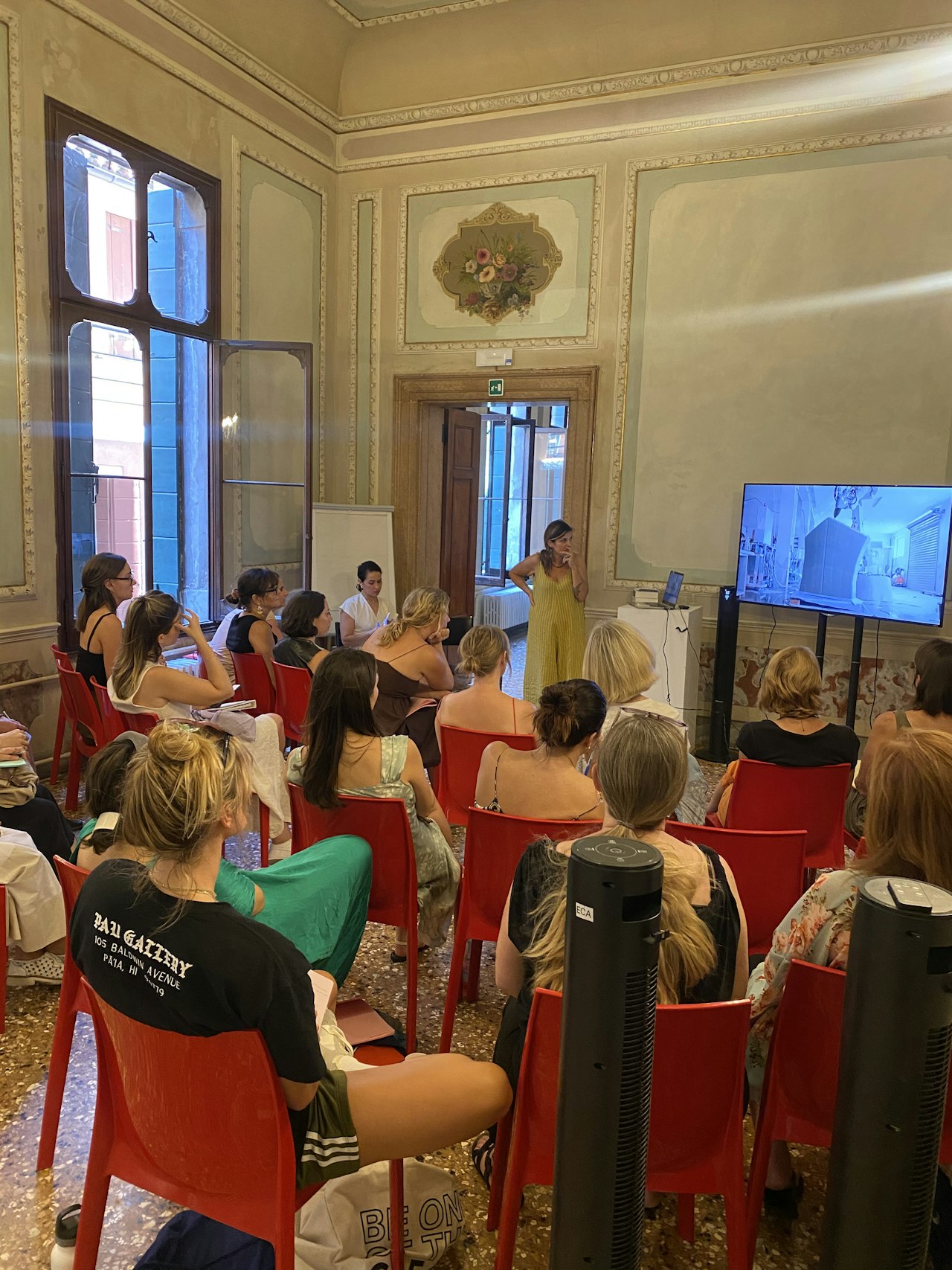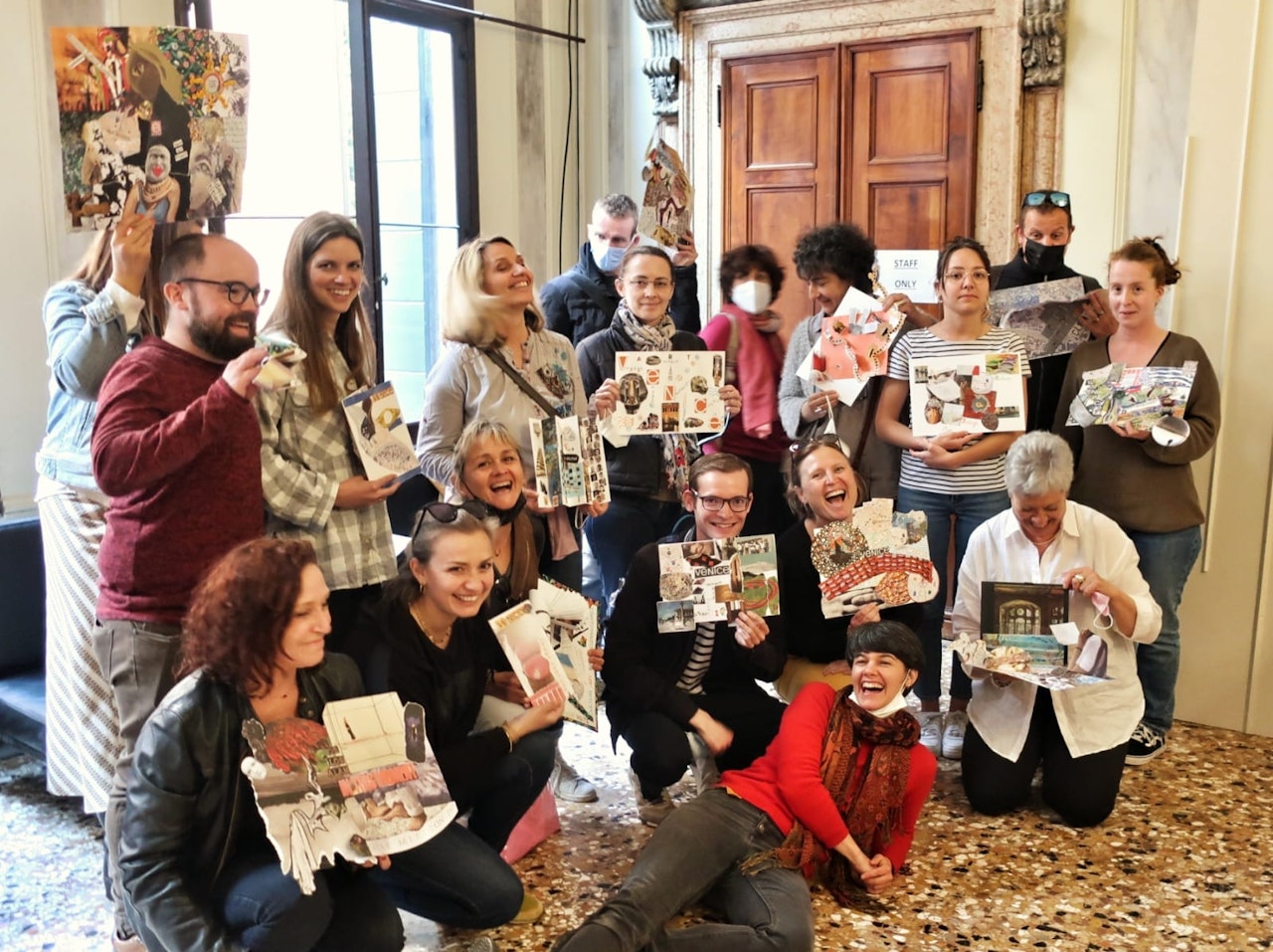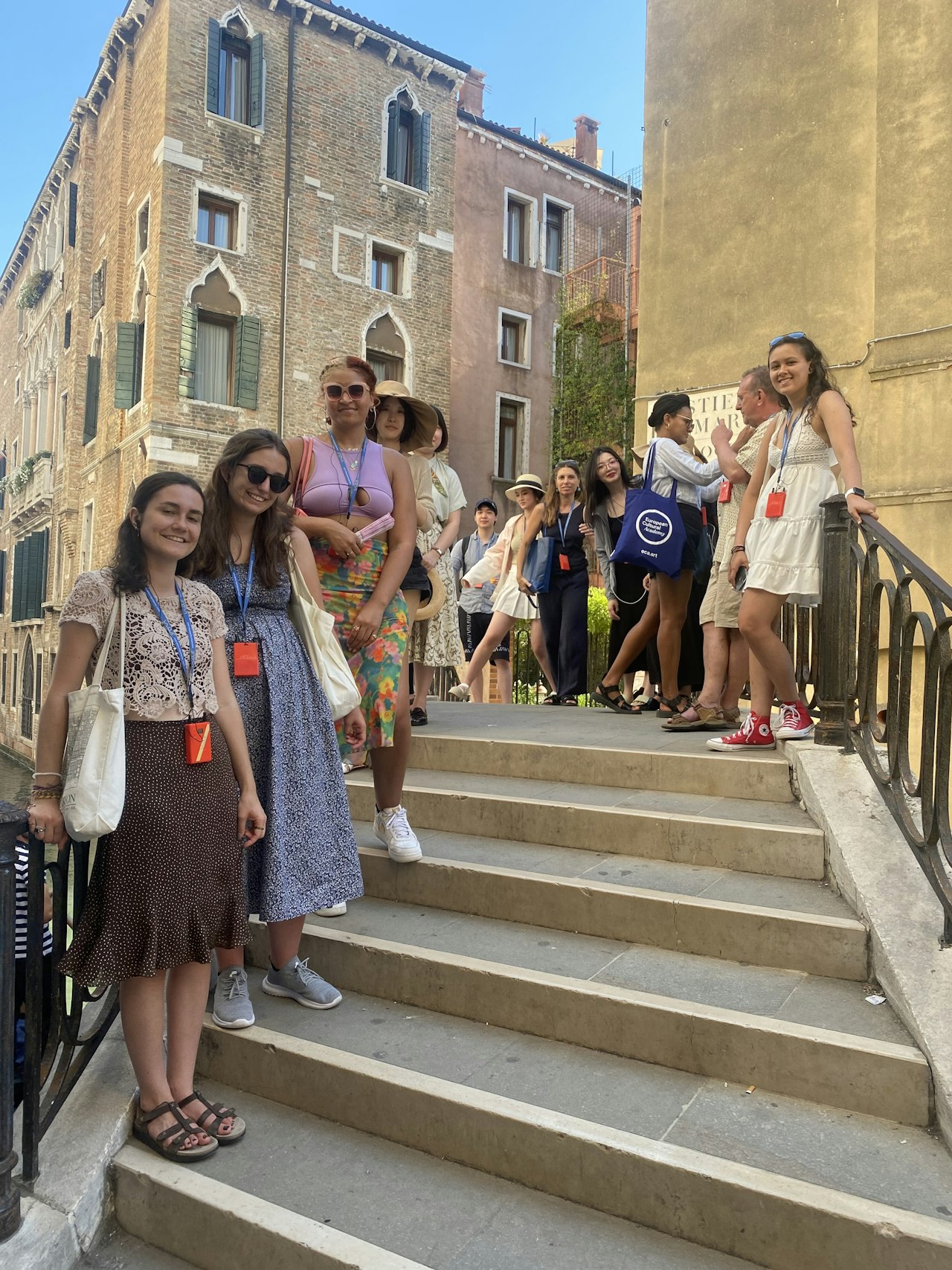Our Creative Pedagogy training designed to inspire curiosity and creativity in your classroom.
Curiosity: The Drive to Explore and Understand
Curiosity is the natural desire to explore, to ask questions, and to seek out new information. It fuels the learning journey and empowers students to delve deeper into subjects. In a classroom, curiosity transforms routine lessons into meaningful experiences, where every question asked opens up a new world of discovery. As educators, nurturing curiosity allows us to create an environment where students feel comfortable to inquire, experiment, and engage with the material in a way that feels both personal and relevant.
Creativity: The Key to Problem-Solving and Innovation
Creativity goes hand-in-hand with curiosity. It’s the ability to think outside the box, approach challenges from different angles, and generate unique solutions. In pedagogy, creativity encourages students to not only understand the content but to apply it in real-world scenarios, thereby enhancing their critical thinking and problem-solving abilities. By integrating creative exercises, discussions, and projects into the curriculum, educators can help students develop a versatile skill set that will serve them throughout their lives.
Why They Matter for Pedagogy
In the 21st century, the need for innovation is stronger than ever. Both curiosity and creativity are essential for students to become adaptable, lifelong learners. They enable students to tackle complex issues and engage with subjects in ways that traditional methods may not allow. In classrooms where curiosity and creativity are at the forefront, learning becomes more than just an academic pursuit – it becomes an exciting, dynamic experience that prepares students for an unpredictable world.
Fostering a Creative and Curious Classroom
As educators, we have the power to inspire students by encouraging open-ended questions, fostering an environment where mistakes are seen as learning opportunities, and introducing activities that stimulate imagination. Here are a few ideas to encourage curiosity and creativity in your classroom:
Use project-based learning to allow students to explore topics of their interest.
Encourage "what if" questions to promote deeper thinking.
Incorporate interdisciplinary approaches that make connections between various subjects.
Give students opportunities to express their ideas through different mediums (art, music, writing, etc.)
To know more about training for educators, write us : teachers@eca.art
collaboration idea?


